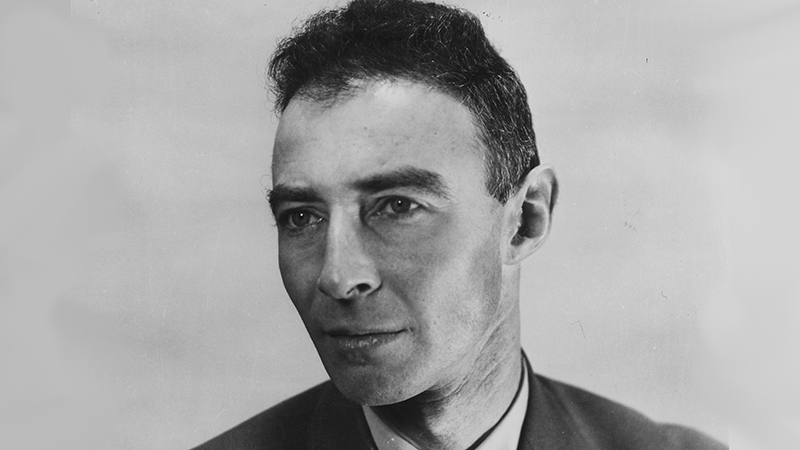This story is part of Techonomy’s original series about technology’s potential to help us achieve the United Nations’ Sustainable Development Goals. It’s from the most recent issue of Techonomy’s magazine.
The SDG’s 17 targets for the planet by 2030 are meant to give structure to humankind’s collective effort to address its problems. At Techonomy, we care deeply about this, primarily because to strive for the SDGs is the right thing to do.
The SDG’s first two goals are “No Poverty,” and “Zero Hunger.” Given how we live, how can we accept that millions still die of starvation, are forced from their homes by wars, or struggle to raise and feed families on mere dollars a day? To address the grossest injustices of global inequality, the fruits of progress and tech capability must be better distributed. In fact, “Reduced Inequalities” is goal number 10.

But we are amazed these goals even exist, and we celebrate that. Can you believe that all 193 nations of the United Nations actually agreed on anything, in 2015?
Finally, we talk up the goals because Americans, especially, need to understand them. As a nation, we are poorly informed about the rest of the world, and too often skeptical about the UN. Techonomists wear our SDG “color-wheel” pins and people ask what the design means. Few know anything about them.

At Techonomy, we are passionate partisans of tech-based transformation. So how can tech help progress towards the SDGs? The new UN secretary-general, Antonio Gutierres, asks the same thing. He is an engineer, with a good intuitive feeling for such things.
Last September, Gutierres issued a “Secretary-General’s Strategy on New Technologies,” for the first time. It was a historic document. “Without a stepped up, smart, and responsible use of technology, we will fail to reach the SDGs and we will miss opportunities to prevent conflict and sustain peace,” he wrote. “We can see a future transformed by learning machines and artificial intelligence, edited genomes, autonomous cars, stateless currencies and private space travel,” he continued, with an enthusiasm that too many heads of state still lack. But the document emphasized, too, the risks these technologies bring with them.

Lambert Hougenhout is chief for data analytics, partnerships, and technology innovation in the UN Secretariat. His main job is to focus on the societal and ethical implications of tech. In his office, he keeps a chart–a matrix–with the 17 SDGs along one axis and a variety of technologies on the other: AI, Internet of Things, Virtual Reality, etc. He marks the cells green, yellow, or red, to indicate if tech is likely to have a positive, neutral, or negative effect on that particular SDG. For the goals on “Good Health and Well-Being,” and “Climate Action,” there are lots of green boxes. “No Poverty” doesn’t have as many. “Gender Equality” has hardly any. “Reduced Inequalities” gets mostly red marks.
Artificial intelligence is a dominant trend in tech. But it’s no slam dunk that it will help the world achieve the SDGs. “For education,” Hougenhout says, “AI is a positive force. But when you talk about SDG 10 on reduced inequality among nations, AI probably will be a bad thing. For SDG 8–“Decent Work and Economic Growth”–if you look at AI alongside trends toward protectionism and nationalism in many countries, you think about how manufacturing jobs can be done by robots, and how countries like the U.S. now want to bring home jobs. For the low wage countries, that is likely to have a very negative effect.”
Soumitra Dutta is another expert who, despite being generally optimistic about tech’s capacity to help with the SDGs, believes growing inequality is likely to be the most vexing challenge. “Tech can be a great amplifier,” he says, “but sometimes it amplifies differences, too.” He is former dean of the S.C. Johnson College of Business at Cornell and a leading scholar of global development.
At the World Economic Forum in January, Dutta moderated a panel on tech and the SDGs. The speakers agreed that most of the tools we need already exist today. “For example, we have solutions for online education or telemedicine” he says. “The challenge is scaling those up across the world.” I ask him if there’s any secret sauce to help with that scaling. “It’s partnerships,” he replied immediately. “To scale up you almost always need a joint intervention. No one party can do it.”
















